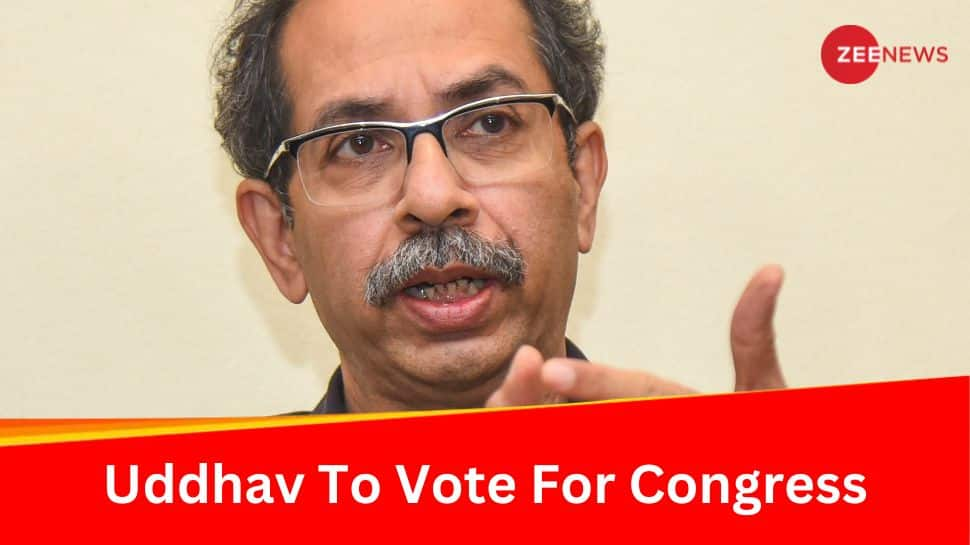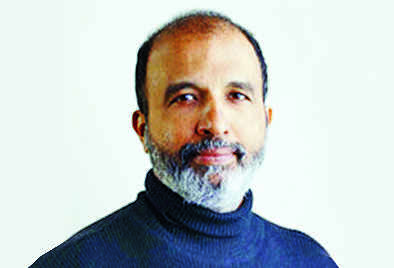During the recent internal fracas within the Congress in Rajasthan, one particular diatribe of Chief Minister Ashok Gehlot stood out. Sounding terribly piqued, Gehlot pounced on his 42-year-old erstwhile deputy Sachin Pilot: “Being merely good-looking, speaking English and giving soundbytes is not everything in politics”. It was a lowbrow attack, but it revealed a deeper visceral disdain for the so-called urban educated politician, often dissed and dismissed as nothing more than an over-rated pontificating intellectual elite. It also reveals why the Congress has over the years sequestered itself from India’s crucial middle-class vote. This has proved electorally disastrous for the party since 2009. The irony is the Great Indian Middle Class is a Congress construct.
The P V Narasimha Rao-Dr Manmohan Singh’s liberalisation, privatisation and foreign direct investment push in 1991 unleashed India’s animal spirits. The result was burgeoning economic growth that averaged 8.4% during the first term of UPA. India’s middle-class was spellbound by #SinghIsKing. His throwing down the gauntlet on the civil nuclear deal made Dr Singh a commanding figure. Congress swept cosmopolitan Mumbai (5/6) and Delhi (6/7) in Lok Sabha seats respectively in 2004. In 2009, it won 12/13 seats between the two cities. In 2014 and 2019, it drew a blank in both.
Citizen empowerment through rights-based legislation (RTI, RTE, Lok Pal, FSA etc) was a smart strategy, but suddenly the Congress veered leftwards. Instead of having frequent interface with CII, FICCI etc, the party’s perception became anti-industry. True, India has had its own gilded age with some big business houses acquiring natural resources through rent-seeking, but majority of Indian entrepreneurs succeeded because of their technological innovations, product uniqueness and creative intelligence, not corporate malfeasance. Politically, the Congress distanced itself from India’s big thinking technocrats and also ignored the aspirational middle-class experiencing the mobile-mall-multiplex phenomenon. In a hyper-connected world, the Congress had dialled the wrong number. The neo middle-class emerged from Congress accomplishments, with over 270 million lifted out of poverty during UPA. India became a middle-income country for the first time in 2010. But the party seemed unaware of its own successes. Rural voters had already deserted it for regional parties.
The Congress is a centrist party and as Dr Singh proved during 2004-14, most large economies with income inequalities need both a booming market economy and regulated state subsidies. It is a flawed assumption that one needs to be either a socialist welfare state or a free-market capitalistic economy. India needs both John Maynard Keynes and Milton Friedman. But the Congress gave a lopsided perception of being merely pro-poor. Its 2019 campaign was consumed by NYAY, and barring abstruse promises on jobs and saccharine lip service to Indian industry, there was nothing tangible for them. The young, middle class and industry voted for Modi.
The middle class is ideologically malleable, economically ambitious and socially mobile. They can shift political preferences frequently. The BJP has benefited because of a Congress vacuum. In fact, the middle class got a raw deal of record joblessness, plateaued salaries, high gasoline prices, poor governance and rising urban crime. Even the double whammy of demonetisation and GST that devastated millions was not capitalised upon. The middle class influences voters both upstream and downstream as they are the ones directing the consumption basket. MNREGA billboards in Mumbai by the Congress in 2014 made little sense, and left the middle class feeling that it was robbing Peter to pay Paul. It barely propagated FDI in multi-brand retail, a perfect middle-class pitch. Congress had the extraordinary achievement of getting slaughtered for two diametrically opposing economic models — pro-rich crony capitalism and pro-poor free subsidies. What the Congress saw as a cave in the middle class, Modi saw as an open sesame.
There are variegated estimates on what is the size of India’s middle class, but most agree it is about 25% of India’s population (about 350 million). They believe that governments work either for the very rich (crony capitalists investing in electoral bonds) or the very poor (MNREGA, PM-Kisan beneficiaries). Many don’t vote either, but when they do they have a tsunami impact. Psephologists estimate that a single-digit upturn in middle-class voter turnout ended CPM’s 34-year-reign in West Bengal and Lalu Prasad Yadav’s 15-year suzerainty in Bihar.
Since 2014 Modi has had the WhatsApp, TikTok and Ayushmann Khurrana aficionado charmed, but that can change. Who knows post the cataclysmic pandemic, the middle class may actually want political parties to debate health infrastructure, climate change, unemployment allowance, student loans, campaign finance etc. Those who are taking the middle class for granted do so at their own peril. Congress surely needs to reboot its political strategy. It’s OK to speak English and read Harry Potter. Even better if some have a crush on Sachin Pilot.
DISCLAIMER : Views expressed above are the author’s own.







More News
7. Is it time to reopen schools?
Family loyalists slam dissenters, say timing of letter ‘insensitive’ | India News – Times of India
Filipina beauty queen distributes homemade desserts to support her family – BeautyPageants